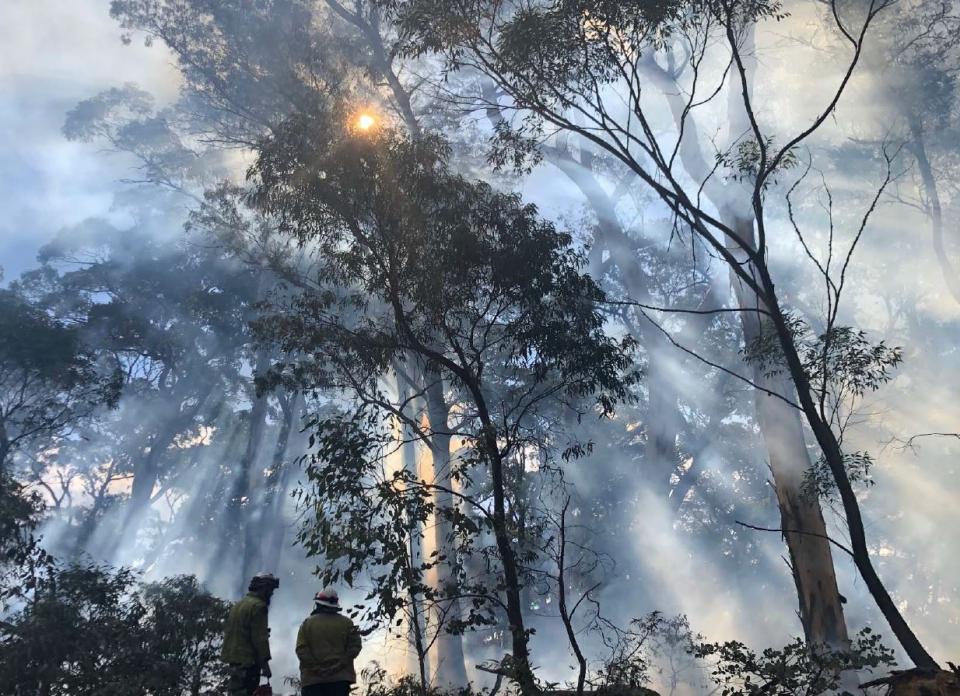
PUBLICATIONS
Published works

Optimisation of fuel reduction burning regimes for fuel reduction, carbon, water and vegetation outcomes
| Title | Optimisation of fuel reduction burning regimes for fuel reduction, carbon, water and vegetation outcomes |
| Publication Type | Report |
| Year of Publication | 2019 |
| Authors | Bell, T |
| Document Number | 525 |
| Date Published | 12/2019 |
| Institution | Bushfire and Natural Hazards CRC |
| City | Melbourne |
| Report Number | 525 |
| Keywords | Emergency management, fuel reduction, optimisation, planned burning, safety |
| Abstract | We have made significant progress in several areas of research over the past 12 months. This has included modelling of carbon emissions from prescribed fires using (a) regression modelling to couple the effect of prescribed fire on water and carbon at a catchment scale, and (b) FullCAM, a process-based model that can track carbon pools in forests systems. The latter is a readily accessible tool that has very good potential to be adopted by End User agencies when required to report on carbon emissions resulting from their efforts to manage fuels. A fuel condition model (the ‘litter triangle’) detailing carbon load and fuel reduction has been developed for surface fuels in dry sclerophyll forest. This is an easy-to-use tool that can be used as a guide for estimating potential for carbon loss due to prescribed burning. We are in an exciting phase of End User utilisation and tangible uses for our research has been identified and are being pursued. Reporting on our progress has taken the form of milestone reports, bi-monthly newsletters directed towards our End Users, and presentations for local, national and international forums. We have endeavoured to meet regularly with our primary End User and have established collaborations with research groups such as CSIRO and local land managers from NSW National Parks and Wildlife Service. Our vision for the next 12 months is to consolidate our research in the area of estimating carbon emissions from prescribed fires, modelling of carbon and water across the landscape for optimisation of planned burning and linking metrics describing combustion of surfaces fuels with fire severity. |
Published Works


